The Photography of Cody Brothers
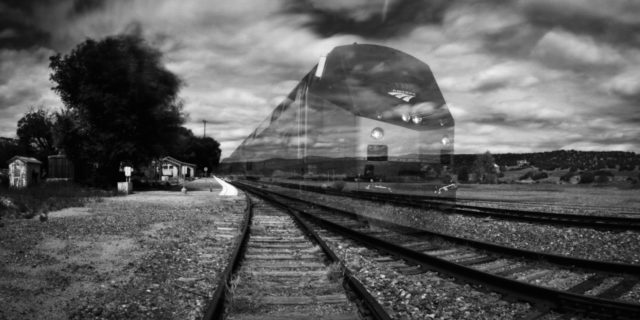
Staying Analog in a Digital World
The photography of Cody Brothers has drawn national attention, from New York City to his home state of New Mexico. Working exclusively in analog black and white, Brothers uses a variety of cameras and techniques to capture his striking images of landscapes, architecture and still lifes. But for him, taking photos has always been only part of the picture. With a résumé that includes working in the mounting and finishing departments at major photo labs, Brothers is one of only a handful of professional photographers who see their process through from beginning to end. With prudent attention to detail, he develops his own film, then prints, mounts and frames the final product. Clients looking for this same careful attention take their work to Visions Photo Lab in Santa Fe, owned and operated by Brothers.

When Brothers is not working in the lab at Visions, he’s off shooting at any number of locations across the country. Recipient of multiple National Endowment for the Arts grants, he has been commissioned to photograph numerous historical sites across the United States, including Chaco Canyon, Pecos National Historic Park and Fort Union in New Mexico. January of 2020 found him in his fourth season of shooting at Death Valley National Park, this time as a recipient of a National Parks Arts Foundation Artist in Residency. His use of infrared film and the deepened contrast that comes with it have become a trademark of his work, often creating dark, nearly black skies for his subject matter to pop against.
In the world of still photography, there are many different formats to choose from. These formats are often dictated by the size of the film being used, with larger film sizes being optimal for a larger final printed product. Medium and large format cameras are a favorite of Brothers, but in addition to working with these cameras — and the plethora of heavy lenses, film holders, glass filters and tripods that come with them — Brothers has also become an aficionado of the simplest of all photography tools: the pinhole camera. This lens-less camera uses its tiny aperture — the pinhole — to project an inverted image on the film inside the light-proof box.
“I wanted to really learn this pinhole [technique] because I thought it’d be something different to show”,” says Brothers. “It’s the most anti-digital thing that I could think of.”
Brothers reflects on what started and furthered his pinhole fascination: “All the setup I have to do with my other cameras takes time. The Technorama panoramic, and especially the 4X5 [4″ X 5″ large format film camera], really takes time to set up. So I was like, ‘Well, I’ll shoot the pinhole and let it expose while I’m setting up my other cameras.'” In late 2011, as Brothers watched his work quickly gain popularity and sell on Canyon Road within its first week of showing, he decided to expand on his pinhole photography. “I wanted to really learn this pinhole [technique] because I thought it’d be something different to show”,” says Brothers. “It’s the most anti-digital thing that I could think of. I figured, 2012 is coming up, it’s a numerically significant year, I’m going to shoot at least one pinhole picture every day of the year.”
And thus the first “Through the Pinhole” series was birthed. With new gallery representation in New York City, Brothers found himself carrying his pinhole camera setup (think wood box with wires and buttons attached) around NYC, often setting it up near famous architectural landmarks, and almost as often attracting attention from local and federal agencies.

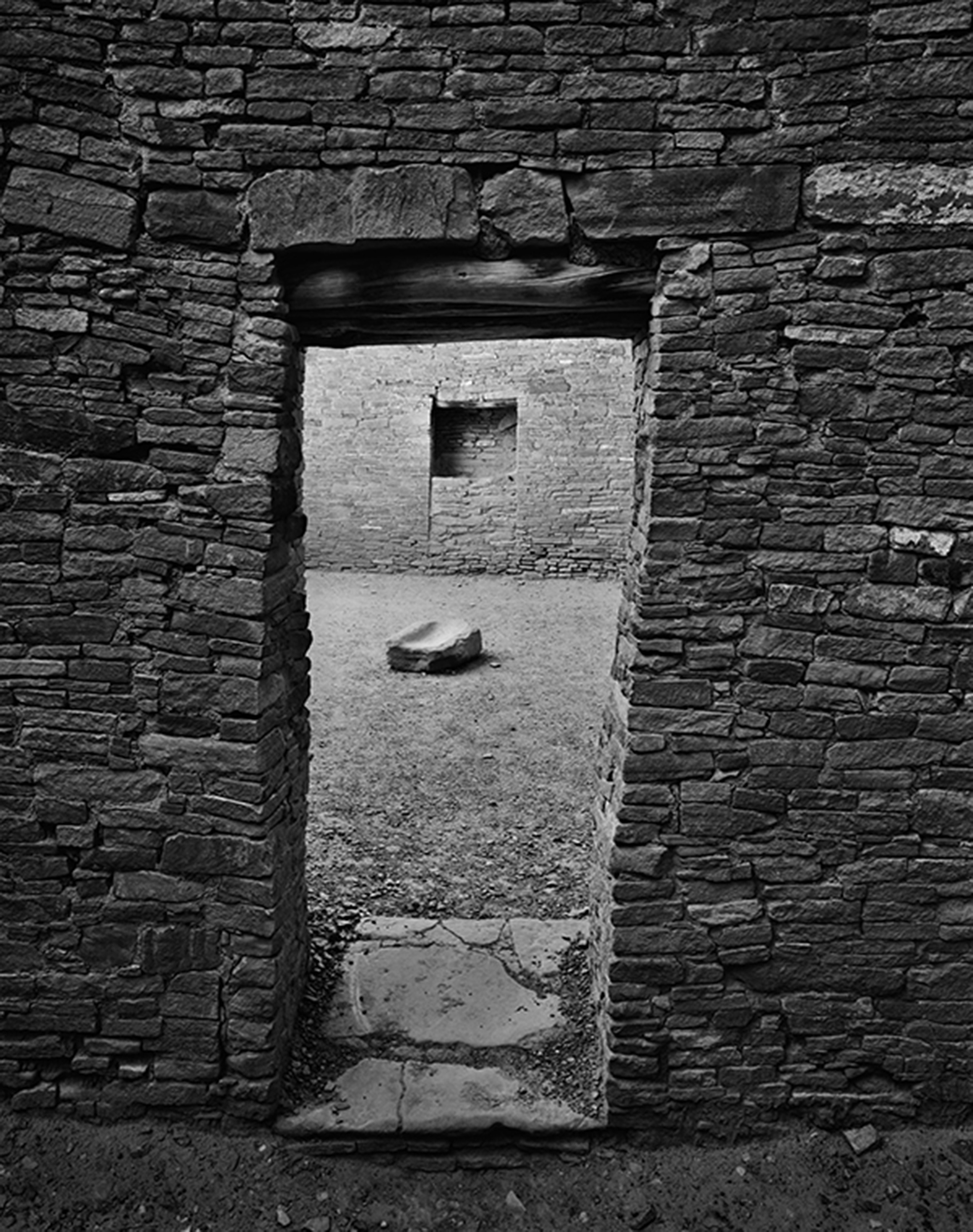
Brothers explains”,”I decided to shoot outside of Yankee Stadium on opening day, and they [federal agents] really had a problem with that. I was shooting my panoramic, the big box, the 4X10, and I was shooting infrared, about a forty-five-minute exposure. And yeah, it didn’t go over well. Security guys show up across the street and start talking on their earpieces. Then here comes the boss. Next thing you know, a van pulls up, a bunch of guys with machine guns come out and surround me. The boss walks up to the front of the camera, then walks around it, looks at me, never says a word. Then he just makes the circle motion with his hand, and they all jump back in the van and take off.”

Brothers decided that 2020, a leap year like 2012, would offer a great opportunity to create another daily pinhole photo series. Then March came, bringing the global pandemic to our country’s doorstep. Says Brothers”,”I almost stopped, because once we had to let our employees go, and COVID shut down everything. I told my wife that I probably shouldn’t follow through with this project since there’s not going to be a lot of opportunities to go out to certain places. And she said that’s all the more reason why you should complete it. So I started going around and shooting empty brewery patios, empty restaurants and the signs on their doors, the sculptures around town that people put masks on. Stuff like that.” The results will be an installation featuring a single photo from each day of 2020 — an impactful chronicle of a year like no other.
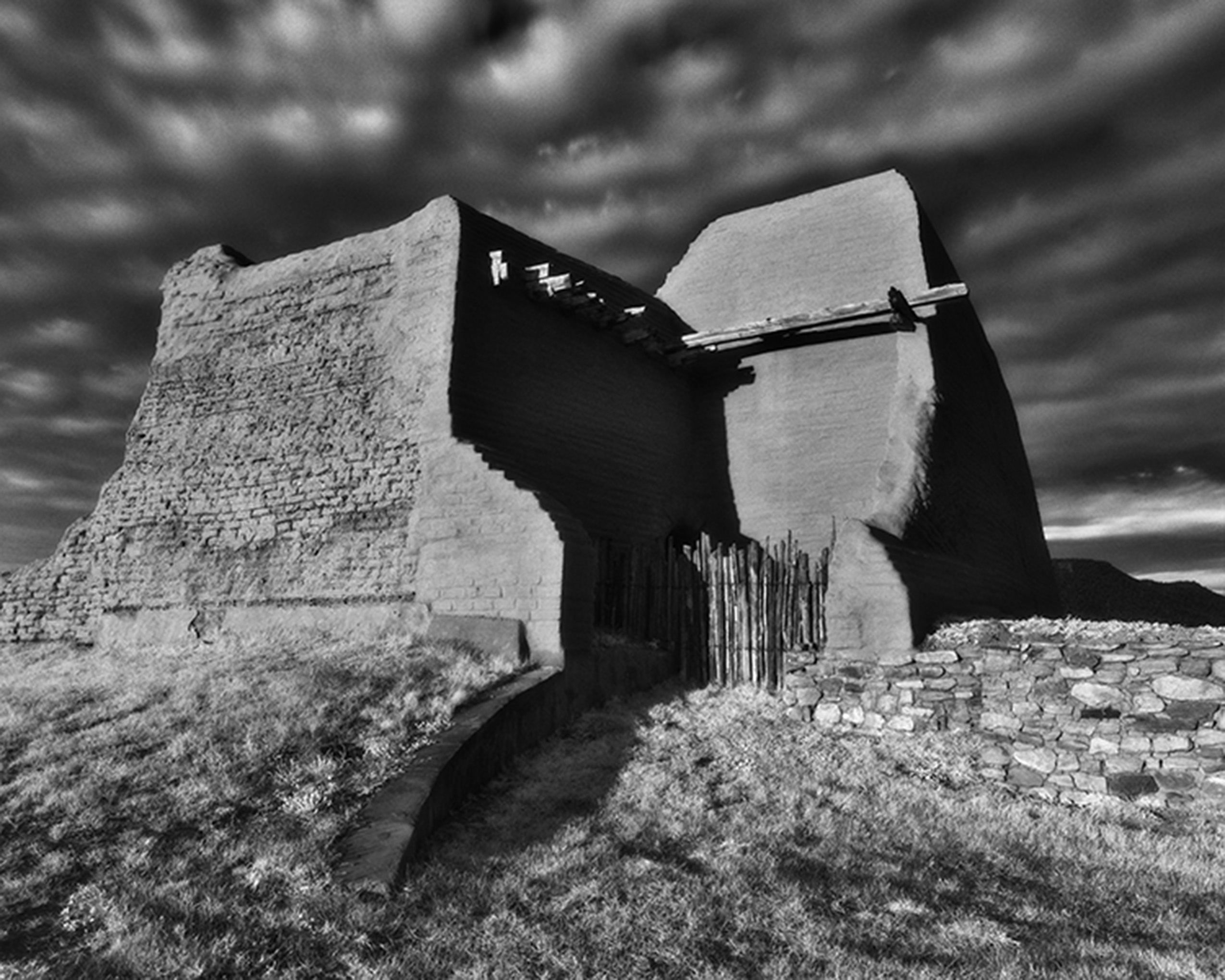
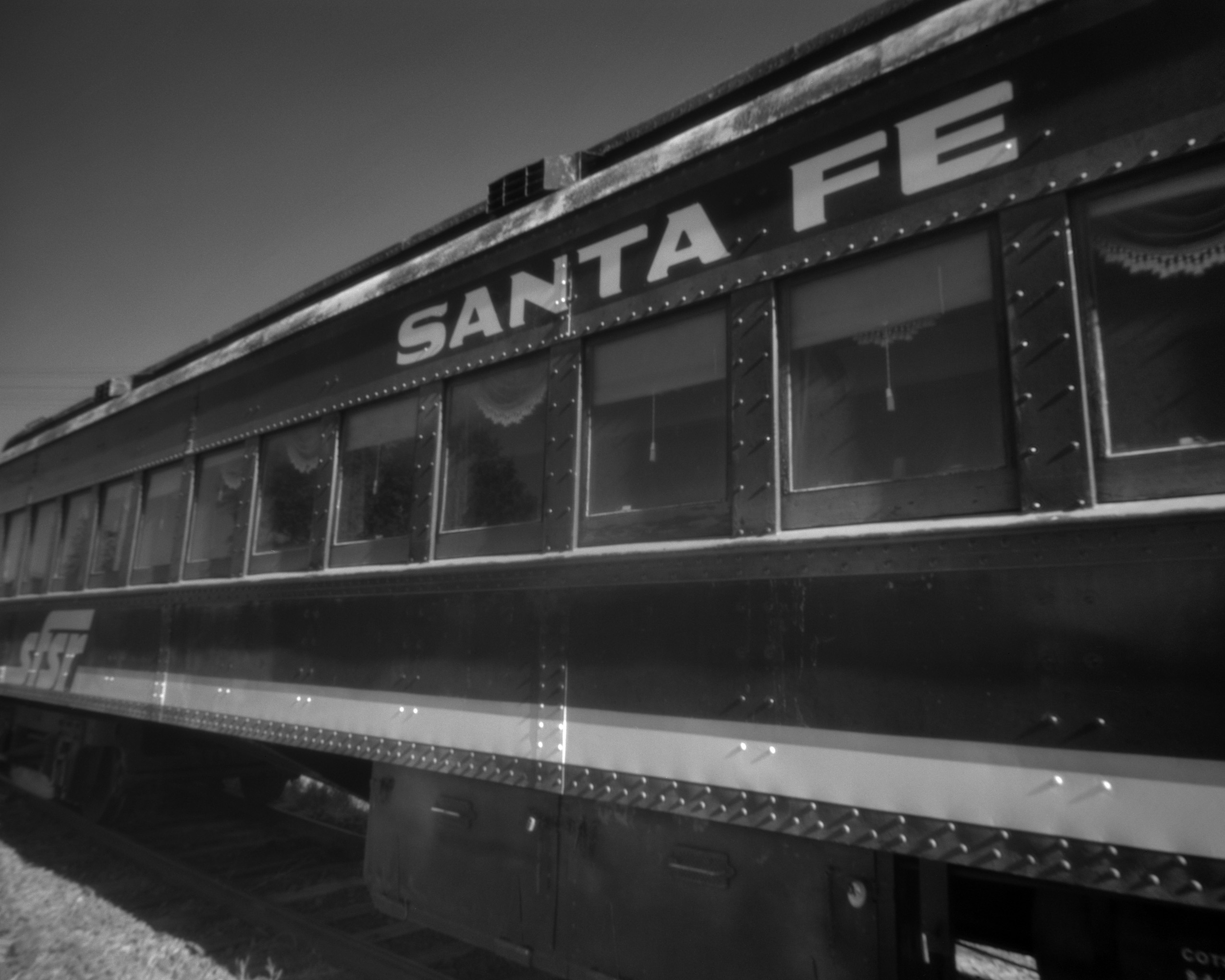
Cody Brothers’s upcoming show, 2020 Through the Pinhole 366, will be exhibited by Palace Avenue Arts at the Drury Hotel in fall 2021 or spring 2022 depending on state COVID-19 guidelines.

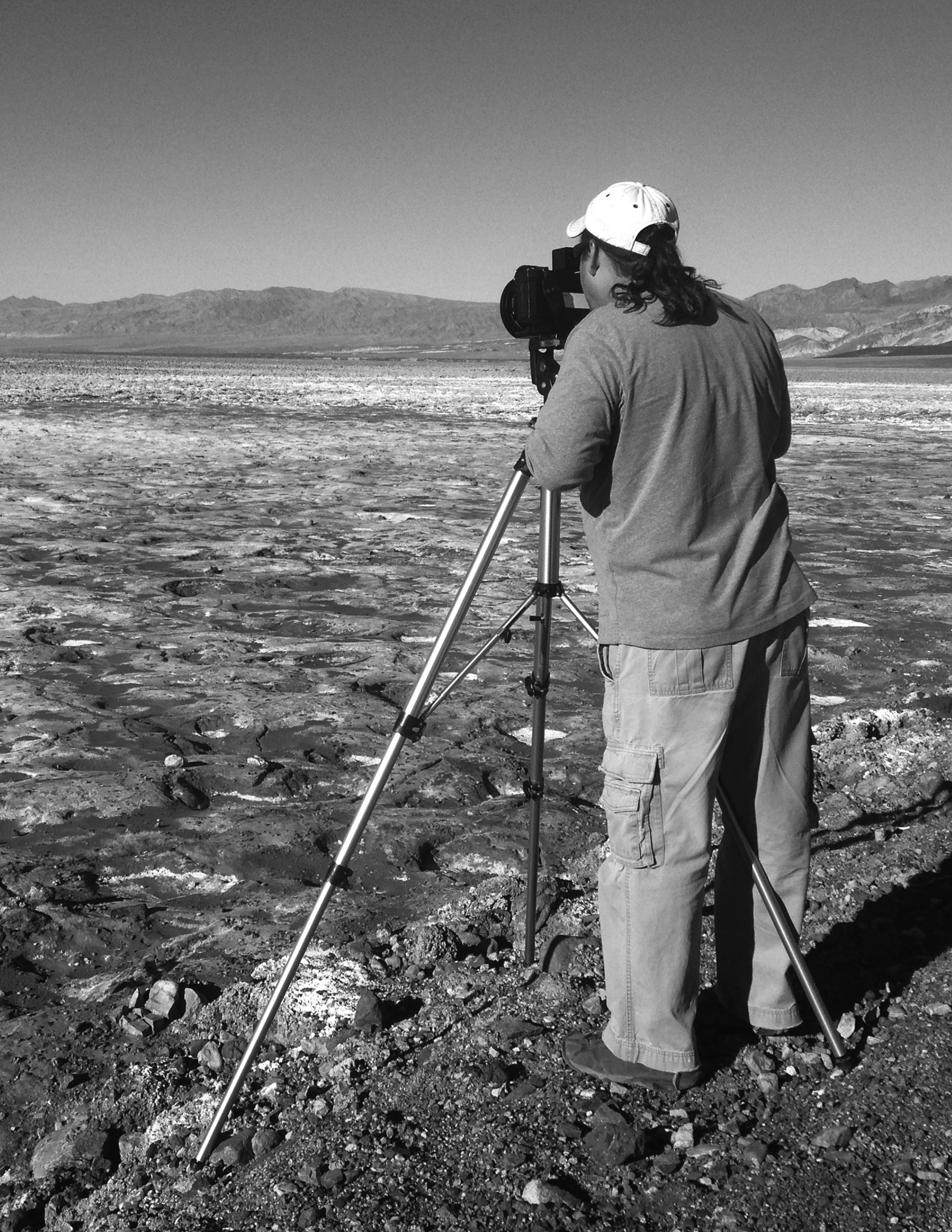
Coordinated courtesy of Bobby Beals. Written by Brian Nelson for the Santa Fean Magazine February/March Issue. Brian Nelson is a freelance writer, editor, musician and educator based in Glorieta, New Mexico. He is the co-founder and artistic director of Queen Bee Music Association and a contributor for the online music publication Rootfire.







